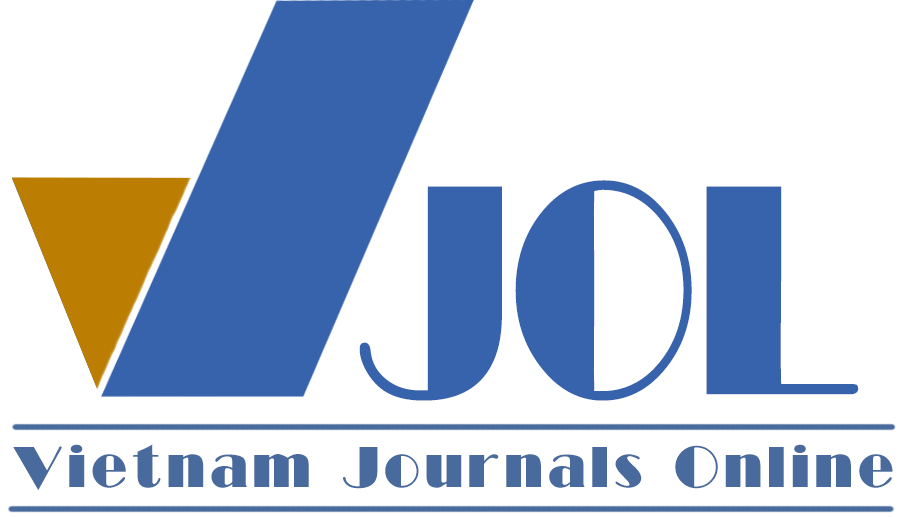Joint-liability lending: Does it raise repayment performance?
Authors
DOI: https://doi.org/10.57110/vnu-jeb.v5i4.370Keywords:
Microfinance, joint-liability lending, repayment performance, ThailandReferences
Ahlin, C. (2020). Group lending, matching patterns, and the mystery of microcredit: Evidence from Thailand. Quantitative Economics, 11(2), 713-759. http://doi.org/10.3982/QE1115
Ahlin, C. (2015). The role of group size in group lending. Journal of Development Economics, 115, 140-155. https://doi.org/10.3982/QE1115
Ahlin, C., & Townsend, R. M. (2007). Using repayment data to test across models of joint liability lending. The Economic Journal, 117, 11-51. https://doi.org/10.1111/j.1468-0297.2007.02014.x
Alaro, A. A. M., & Alalubosa, A. H. (2018). Potential of Sharī’ah compliant microfinance in alleviating poverty in Nigeria: A lesson from Bangladesh. International Journal of Islamic and Middle Eastern Finance and Management, 12(1), 115-129. https://doi.org/10.1108/IMEFM-01-2017-0021
Altınok, A. (2023). Group lending, sorting, and risk sharing. Games and Economic Behavior, 140, 456-480. https://doi.org/10.1016/j.geb.2023.05.003
Besley, T., & Coate, S. (1995). Group lending, repayment incentives and social collateral. Journal of Development Economics, 46(1), 1-18. https://doi.org/10.1080/1540496X.2019.1636228
Creedy, J., & Hoang, H. (2018). Microfinance and joint-liability lending. In S. Boubaker, D. Cumming, & D. Nguyen (Eds.), Research Handbook of Finance and Sustainability (pp. 241–267). Edward Elgar Publishing. https://doi.org/10.4337/9781786432636.00021
De Aghion, B. A., & Morduch, J. (2004). Microfinance: Where do we stand?. In Financial Development and Economic Growth: Explaining the Links (pp. 135-148). Palgrave Macmillan UK. https://doi.org/10.1057/9780230374270_5
Fitchett, D. (1999). Bank for agriculture and agricultural cooperatives (Case study). Eschborn: Consultative Group to Assist the Poorest (CGAP). http://citeseerx.ist.psu.edu/viewdoc/download?doi=10.1.1.533.7803&rep=rep1&type=pdf
Ghatak, M., & Guinnane, T. W. (1999). The economics of lending with joint liability: Theory and practice. Journal of Development Economics, 60(1), 195-228. https://doi.org/10.1016/S0304-3878(99)00041-3
Giné, X., & Karlan, D. S. (2014). Group versus individual liability: Short and long term evidence from Philippine microcredit lending groups. Journal of Development Economics, 107, 65-83. https://doi.org/10.1016/j.jdeveco.2013.11.003
Kassim, S. H., & Rahman, M. (2018). Handling default risks in microfinance: The case of Bangladesh. Qualitative Research in Financial Markets, 10(4), 363-380. https://doi.org/10.1108/QRFM-03-2017-0018
Kodongo, O., & Kendi, L. G. (2013). Individual lending versus group lending: An evaluation with Kenya’s microfinance data. Review of Development Finance, 3(2), 99-108. https://hdl.handle.net/10520/EJC139647https://doi.org/10.1080/00220388.2019.1632432
Mapesa, H. (2015). Why do some small holder farmers repudiate microfinance institutions? Some evidences from Tanzania. Asian Journal of Research in Banking and Finance, 5(1), 186-207. http://doi.org/10.5958/2249-7323.2015.00017.6
Malhotra, N., & Baag, P. (2021). Process Views of Peer Mechanism in Joint Group Lending through the Theoretical Lens of Agency Theory: A Systematic Review of Literature. IIMS Journal of Management Science, 12(3si), 144-162. https://doi.org/10.5958/0976-173X.2021.00011.7
Munandar, A. (2023). Homogeneity, peer monitoring, and group size on joint liability lending costs. Accounting and Financial Review, 6(2), 295-305. https://doi.org/10.26905/afr.v6i2.12659
Obaidullah, M., & Khan, T. (2008). Islamic microfinance development: Challenges and initiatives. Islamic Research & Training institute Policy Dialogue Paper, 2, 1-78. http://doi.org/10.2139/ssrn.1506073
Ranabahu, N., & Wickramasinghe, A. (2022). Sustainable leadership in microfinance: A pathway for sustainable initiatives in micro and small businesses?. Sustainability, 14(9), 5167-5182. https://doi.org/10.3390/su14095167
Sangwan, S., & Nayak, N. C. (2021). Factors influencing the borrower loan size in microfinance group lending: A survey from Indian microfinance institutions. Journal of Financial Economic Policy, 13(2), 223-238. https://doi.org/10.1108/JFEP-01-2020-0002
Simtowe, F., Zeller, M., & Phiri, A. (2006). Determinants of moral hazard in microfinance: Empirical evidence from joint liability lending schemes in Malawi [Conference paper]. 2006 Annual Meeting of the International Association of Agricultural Economists, Queensland, Australia. http://doi.org/10.22004/ag.econ.25287
Stiglitz, J. E. (1990). Peer monitoring and credit markets. The World Bank Economic Review, 4(3), 351-366. https://doi.org/10.1093/wber/4.3.351
Zeller, M. (1998). Determinants of repayment performance in credit groups: The role of program design, intragroup risk pooling, and social cohesion. Economic Development and Cultural Change, 46(3), 599-620. https://doi.org/10.1086/452360
Wydick, B. (2001). Tracking the Progress of 239 Microcredit Program Participants in Guatemala: 1994-1999. https://www.findevgateway.org/sites/default/files/publications/files/mfg-en-paper-tracking-the-progress-of-239-microcredit-program-participants-in-guatemala-1994-1999-apr-2001_0.pdf
Downloads
Downloads
Published
Abstract View
PDF Downloaded
How to Cite
Issue
Section
License
Copyright (c) 2025 Hoang Thi Thu Hien

This work is licensed under a Creative Commons Attribution-NonCommercial 4.0 International License.
by VNU Journal of Economics and Business






